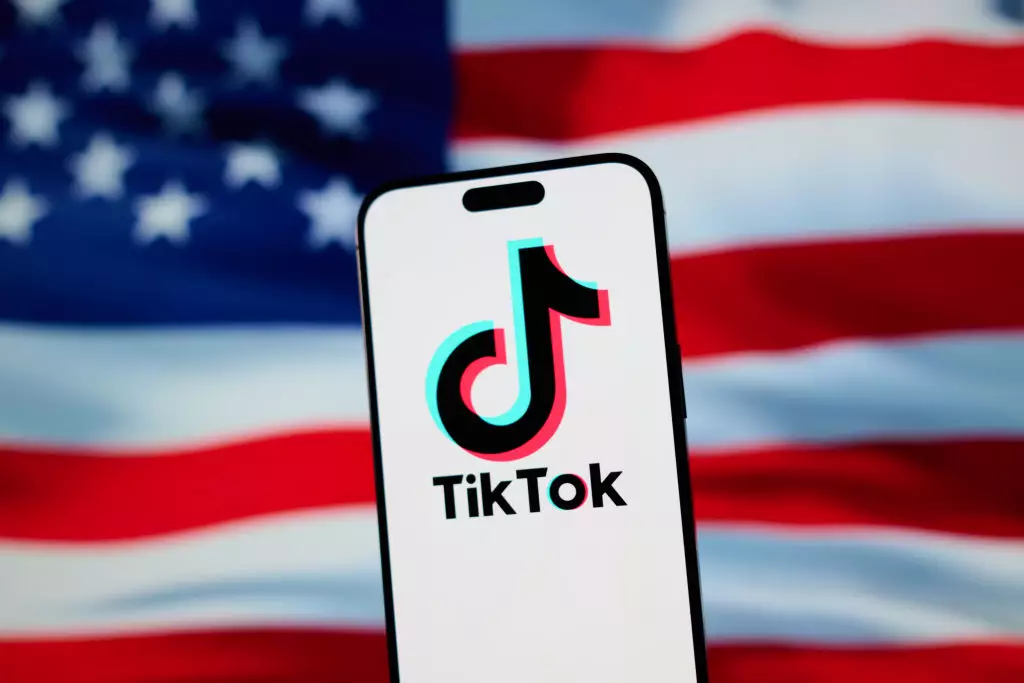In a significant turn of events, TikTok, the widely popular social media platform, has once again found a place on the app stores of American tech giants Apple and Google after a hiatus of over 25 days. The initial removal of TikTok from both the App Store and Play Store occurred on January 18, driven by concerns related to national security. This situation highlights the complexities faced by both technological firms and social media platforms amidst governmental regulations and geopolitical tensions. In addition to TikTok, other applications by ByteDance, such as CapCut and Lemon8, were also reinstated, reflecting a broader decision-making process impacting multiple apps under the company’s umbrella.
The restoration timing is notable, as TikTok began restoring services for existing users the following day after its removal but remained absent for those wishing to reinstall the app. This created a challenging environment for users who uninstalled the app during this period, further embedding the dilemma posed by governmental actions in a rapidly evolving digital space. As the app attempted to navigate this challenging landscape, TikTok encouraged users on Android to sideload the application directly from its website, showcasing the resilience and adaptability of tech platforms when faced with obstructions.
The situation escalated further in light of political influences, as former President Donald Trump signed an executive order aimed at pushing ByteDance to divest its American operations. This ultimatum provided a 75-day window for the company to strike a deal with a U.S.-based entity or face a complete ban. Trump’s desire for a 50% share in TikTok through a joint venture with American companies exemplifies the intertwining of politics and business, raising questions about the future of international tech relations.
Meanwhile, businesses attempting to capitalize on TikTok’s uncertain status have been emerging. Rivals like X and Bluesky have introduced vertical video features reminiscent of TikTok’s offerings, while competitors such as Meta have unveiled capabilities designed to rival established apps like CapCut. This wave of innovation suggests an industry deeply invested in seizing opportunities generated by the fluctuating landscape of user preferences and regulatory whims.
As per data from analytics firm Sensor Tower, TikTok maintained its status as one of the most downloaded applications in the U.S., with an impressive 52 million downloads last year. Cloudflare’s Radar data further illustrated that the platform’s traffic had rebounded to nearly 90% of its pre-ban levels, underscoring users’ loyalty and the app’s integral role in contemporary digital communication.
TikTok’s reinstatement underscores not only the app’s resilience but also the broader implications of regulatory disruptions in the tech landscape. The interplay between corporations, government policies, and user behavior will continue to shape the future trajectory of social media applications in an increasingly complex environment. As TikTok re-establishes its foothold, all eyes are on how it will navigate a world rife with both opportunity and uncertainty.

